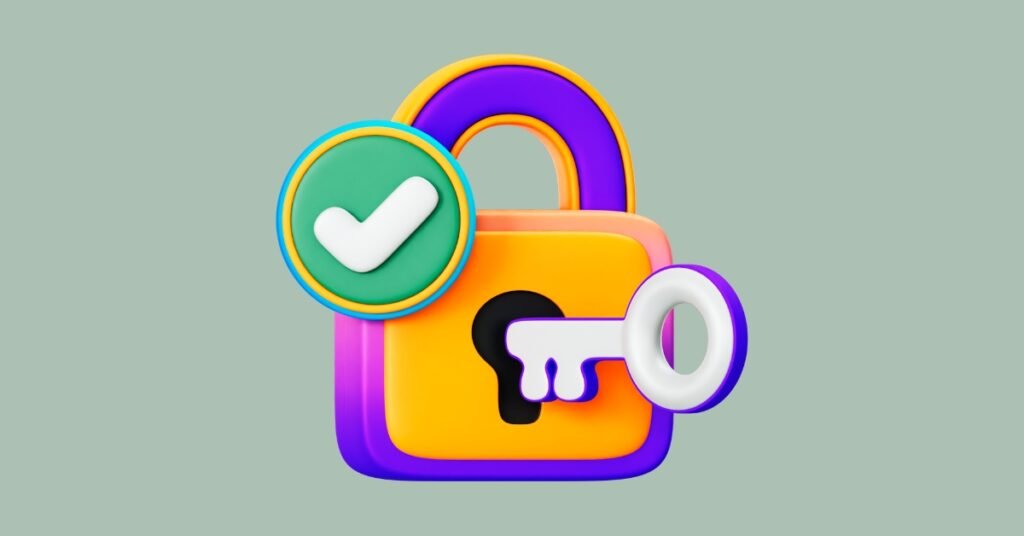Training a language model like ChatGPT can be challenging, but with the right techniques and best practices, it is possible to achieve great results.
Here are some of the best practices that you should consider when training ChatGPT:
Best Practices For Training ChatGPT
Data Quality: The data used for training the model is crucial. Ensure that the data is diverse and covers various topics and styles.
This will help the model to understand the nuances of different languages and writing styles.
Quantity of Data: ChatGPT is a large language model that requires a significant amount of data to train effectively.
The more data you use, the better the model will perform.
Data Pre-processing: Before using the data for training, it is essential to pre-process it.
This includes cleaning the data, removing irrelevant information, and converting it into a format compatible with the model.
Fine-Tuning: Fine-tuning is a crucial step in training ChatGPT.
It involves training the model on a smaller, more specific dataset to help it learn the specific task you want it to perform.
Regularization: Regularization is a technique used to prevent overfitting, which occurs when the model is too closely fit to the training data.
This can lead to poor performance on unseen data. Regularization techniques such as dropout and weight decay can reduce overfitting.
Hyperparameter Tuning: Hyperparameters are the parameters that control the training process, such as the learning rate, batch size, and several epochs.
It is important to tune these parameters to get the best results.
Monitor Progress: Monitoring the progress of the training process is crucial.
It would help if you tracked metrics such as loss and accuracy to ensure that the model is training effectively and identify improvement areas.
Early Stopping: Early stopping prevents overfitting by stopping the training process before it becomes too complex.
This can improve the generalization performance of the model.
In conclusion, these are some of the best practices you should consider when training ChatGPT.
By following these techniques, you can ensure that your model performs well and meets your expectations.
With the right training and fine-tuning, ChatGPT can be an incredibly powerful tool for natural language processing tasks.






